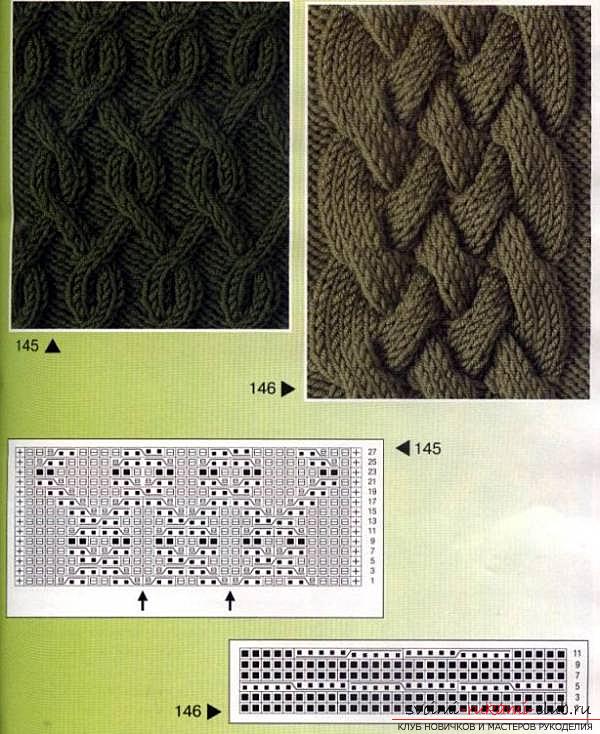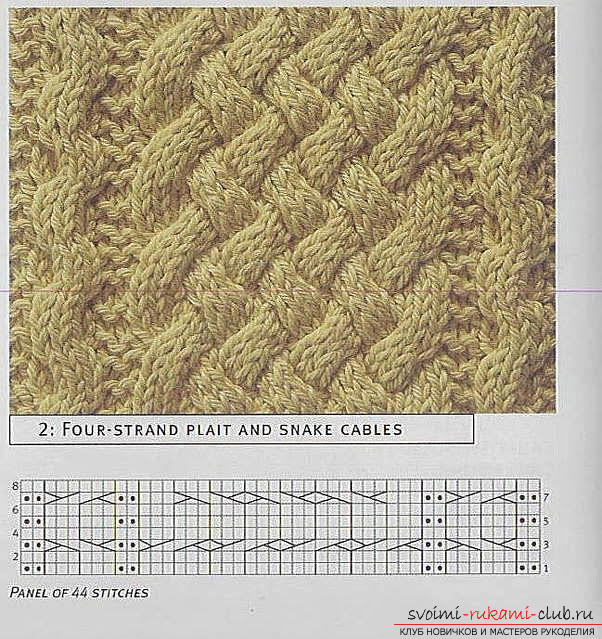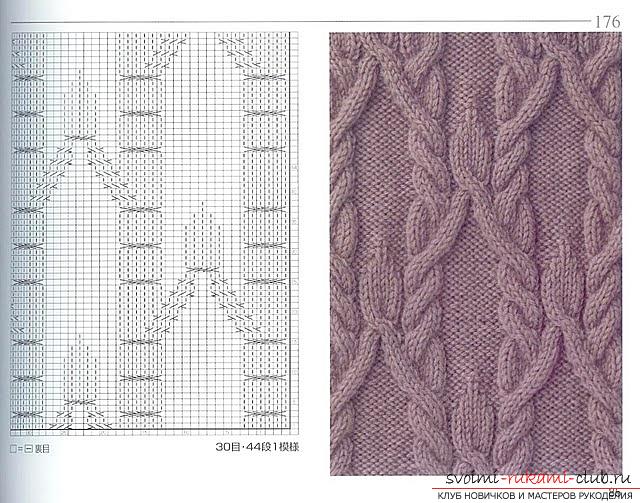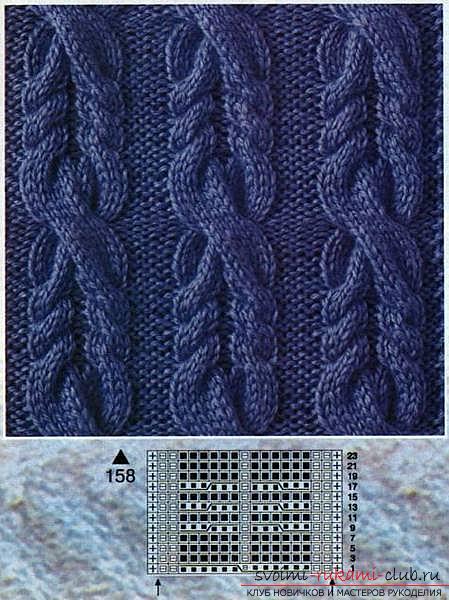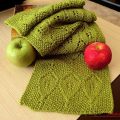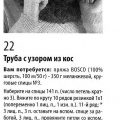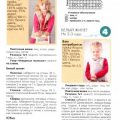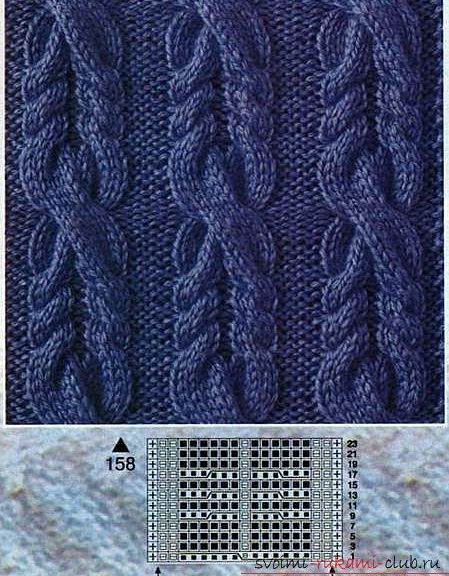
With the help of diagrams and descriptions, you can knit any of the proposed patterns of “complex braid”
Schemes and descriptions of knitting patterns “complex”“braids” proposed in this article will allow needlewomen to knit beautiful unique products. Despite the apparent complexity of knitting, the process is not so scary. After just a few rapports, you will be able to work without using the scheme. Knitting has been part of human life for a very long time. A few centuries ago it was used to create various items of clothing and household items. It was through knitting that chain mail was made – protective suits for warriors. Knitted products have always enjoyed increased attention and demand. They are always fashionable and relevant. Depending on the yarn chosen, you can knit either a warm item or a light summer one. In any case, the result will please both the creator and the owner. Moreover, they warm not only with their warmth, but also with the emotional warmth invested by the craftswoman. Over time, directions in this type of needlework changed, new techniques and patterns were used. These include openwork patterns, volumetric ones, and braids. Braid pattern familiar to us for a long time. They were used to knit Irish fishermen's sweaters. A simple braid is quite easy to knit and is familiar to every needlewoman. By crossing the loops, the desired result is achieved. Schemes and descriptions of knitting patterns “complex braids” make it possible to knit a more complex pattern. Products with such a pattern, as, for example, in the photo below, differ not only in aesthetics, but also in style. "Complicated braids" are appropriate almost everywhere: sweaters, tunics, dresses, socks and footwear, scarves and hats. Knitting items with this pattern is not difficult.We offer several options for this wonderful pattern. In the photo you can familiarize yourself with the diagrams of the drawings and repeat them yourself in your own work. To do this, you will need to study the diagram well and only then begin the process itself. Don't be intimidated by complexity. This is only difficult at first glance. Having connected several rapports, you can easily complete the task on your own, without prompting. Moreover, this activity is quite exciting and interesting. In most cases, braids are woven from three parts (lines), but given the complexity of the pattern, their number can increase to four, five, and so on. As the number of rows in one repeat increases, both the density of the knitting itself and the tension of the pattern become less. There is one point that distinguishes all types of knitted braids from other patterns used by needlewomen. The braid has no top or bottom. It looks exactly the same on both sides. Therefore, the knitted fabric can be turned over. The drawing will not change its appearance. Another tip for knitting braids. To save the yarn needed for this or that product, and also to get a braid that is not very tight when knitting a thick braid, the number of rows knitted before crossing needs to be increased. By following the patterns and advice of experienced needlewomen, you can easily tie a braid of any complexity and, thereby, make the thing more beautiful and impressive.
Knitting items with this pattern is not difficult.We offer several options for this wonderful pattern. In the photo you can familiarize yourself with the diagrams of the drawings and repeat them yourself in your own work. To do this, you will need to study the diagram well and only then begin the process itself. Don't be intimidated by complexity. This is only difficult at first glance. Having connected several rapports, you can easily complete the task on your own, without prompting. Moreover, this activity is quite exciting and interesting. In most cases, braids are woven from three parts (lines), but given the complexity of the pattern, their number can increase to four, five, and so on. As the number of rows in one repeat increases, both the density of the knitting itself and the tension of the pattern become less. There is one point that distinguishes all types of knitted braids from other patterns used by needlewomen. The braid has no top or bottom. It looks exactly the same on both sides. Therefore, the knitted fabric can be turned over. The drawing will not change its appearance. Another tip for knitting braids. To save the yarn needed for this or that product, and also to get a braid that is not very tight when knitting a thick braid, the number of rows knitted before crossing needs to be increased. By following the patterns and advice of experienced needlewomen, you can easily tie a braid of any complexity and, thereby, make the thing more beautiful and impressive.